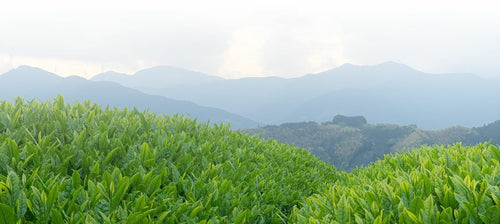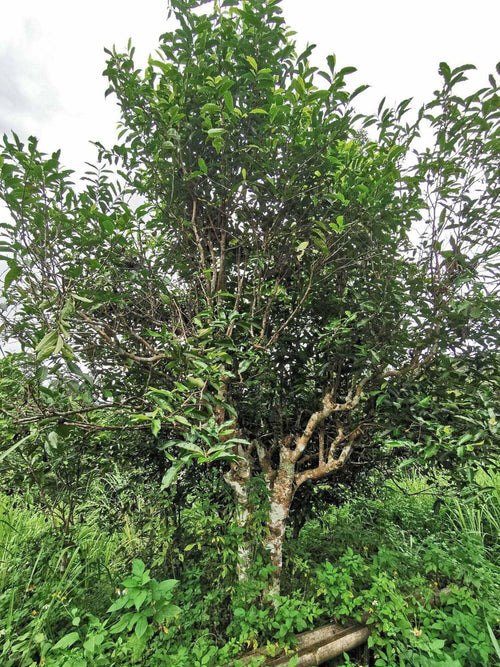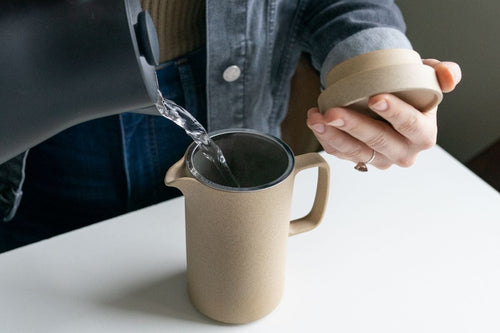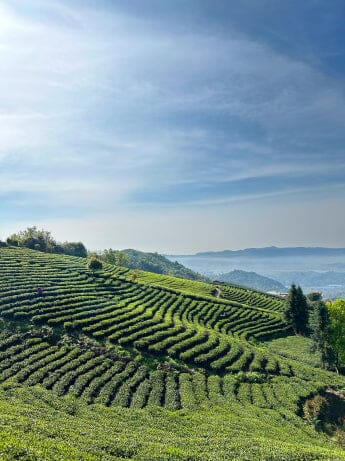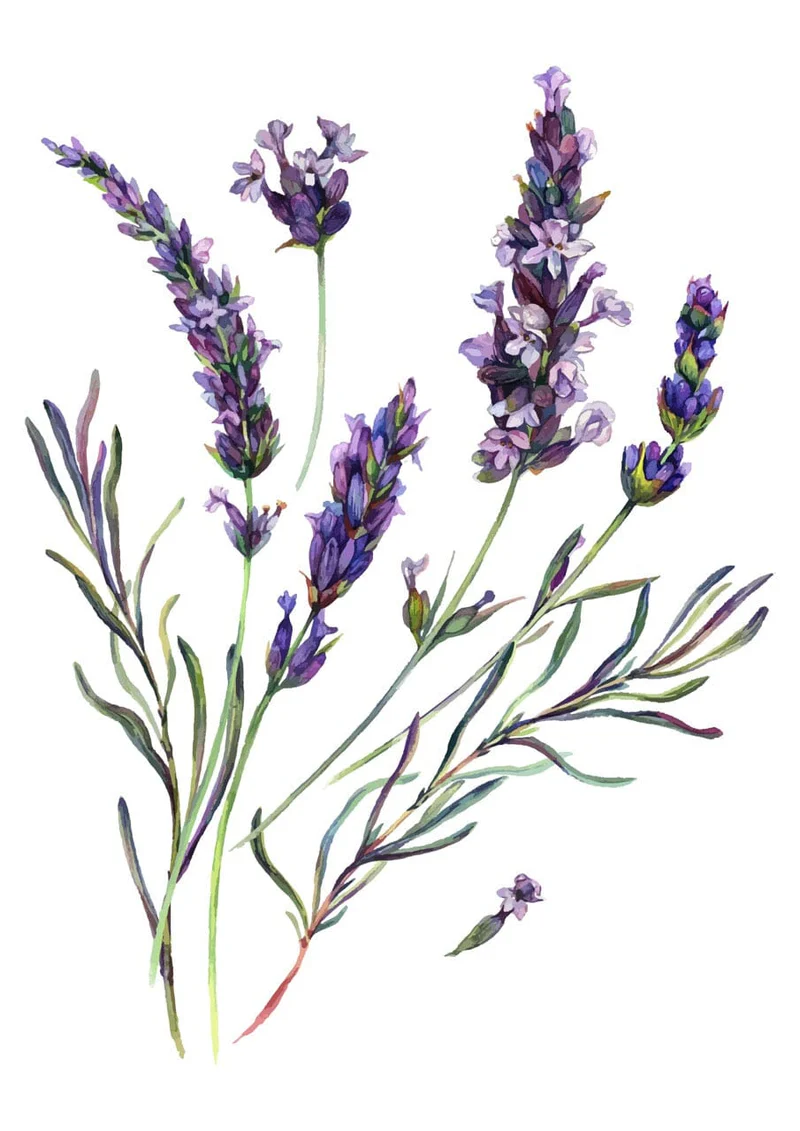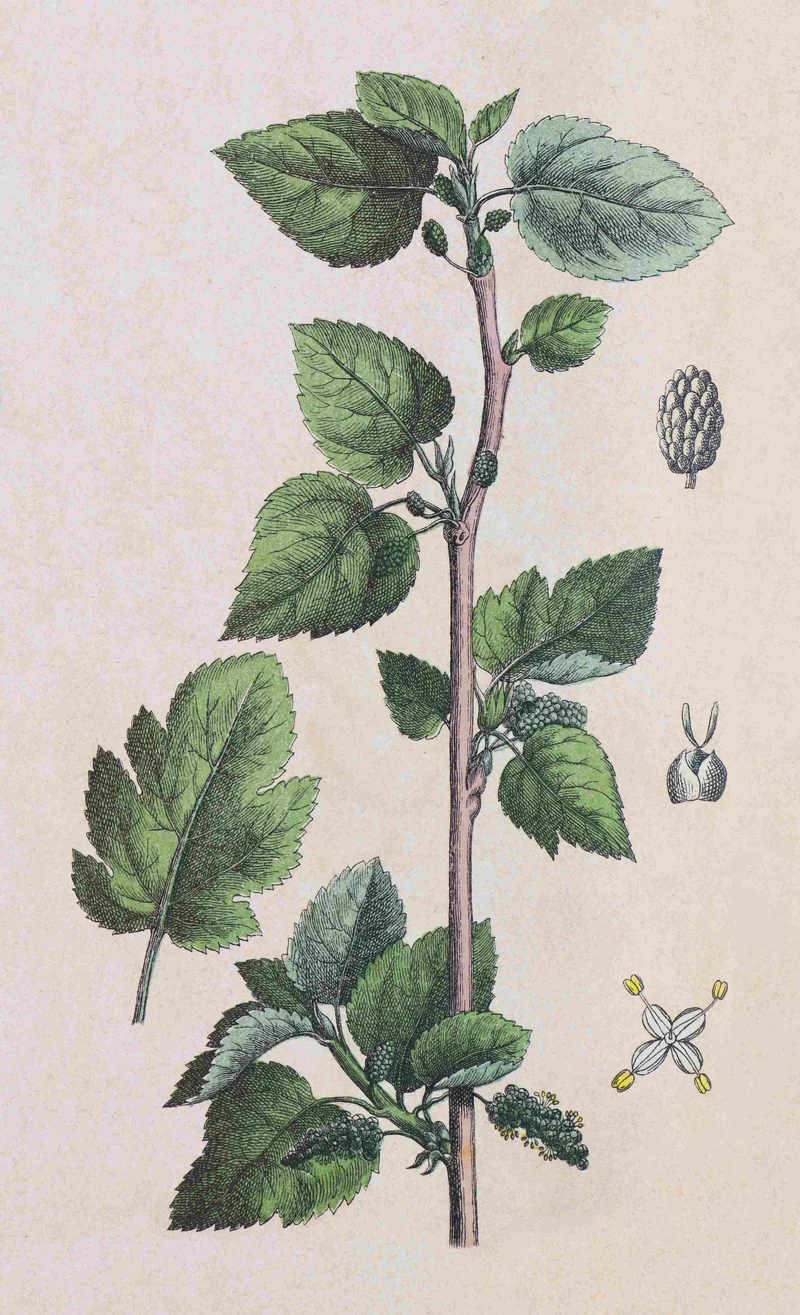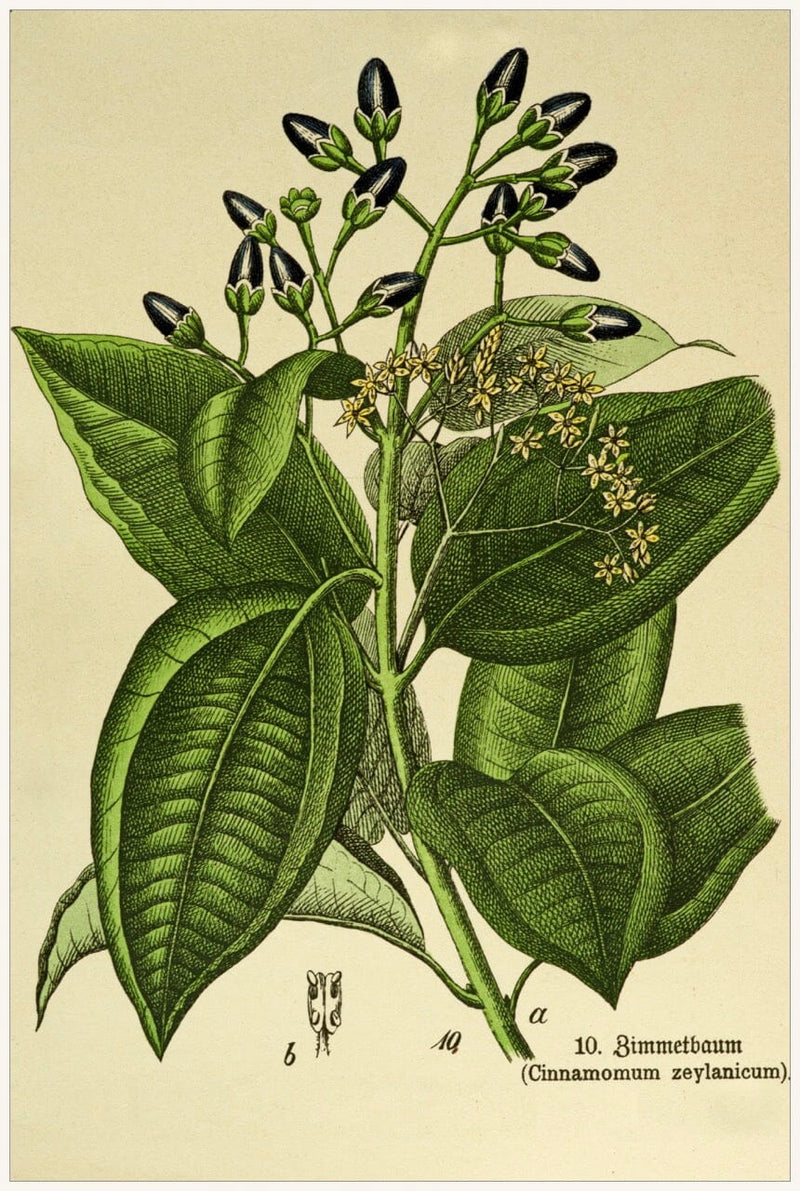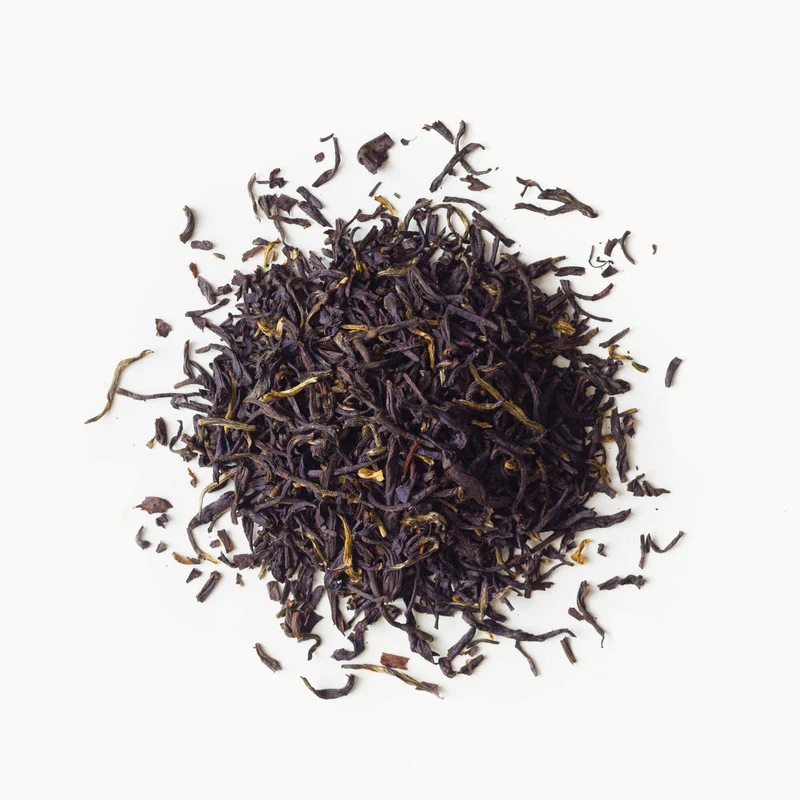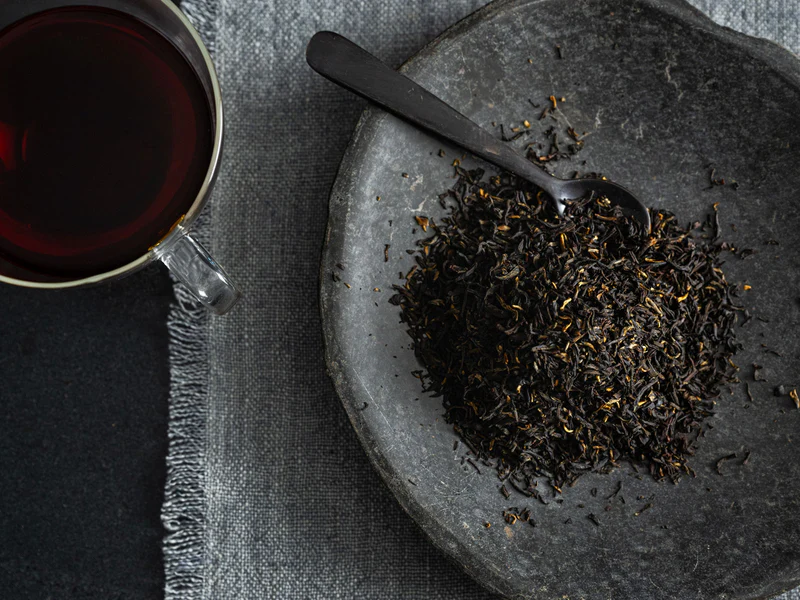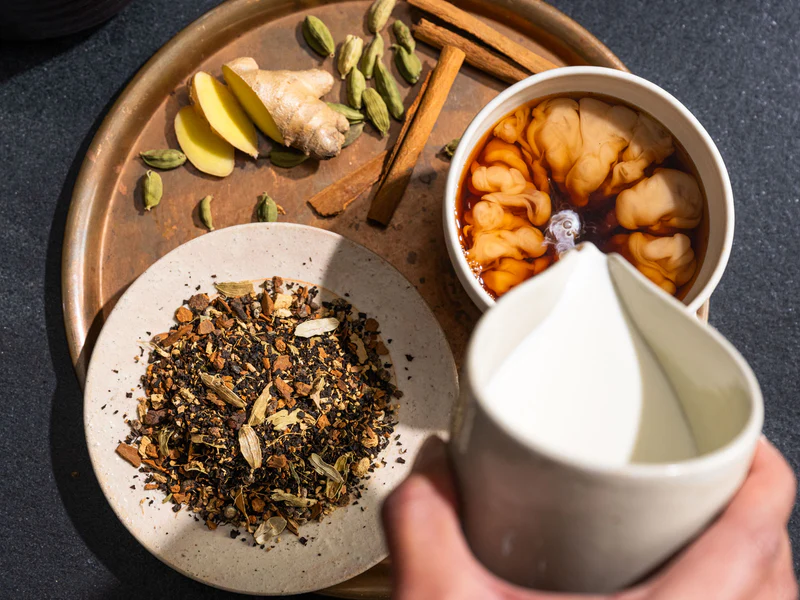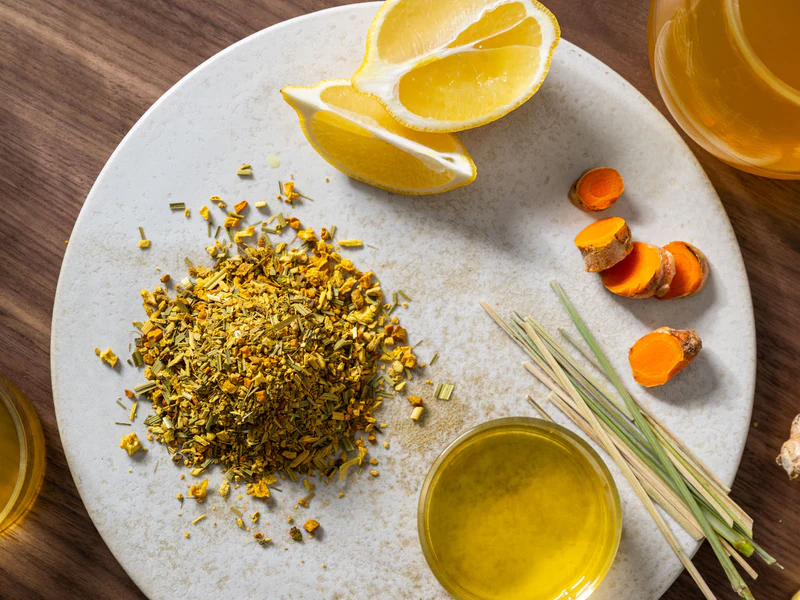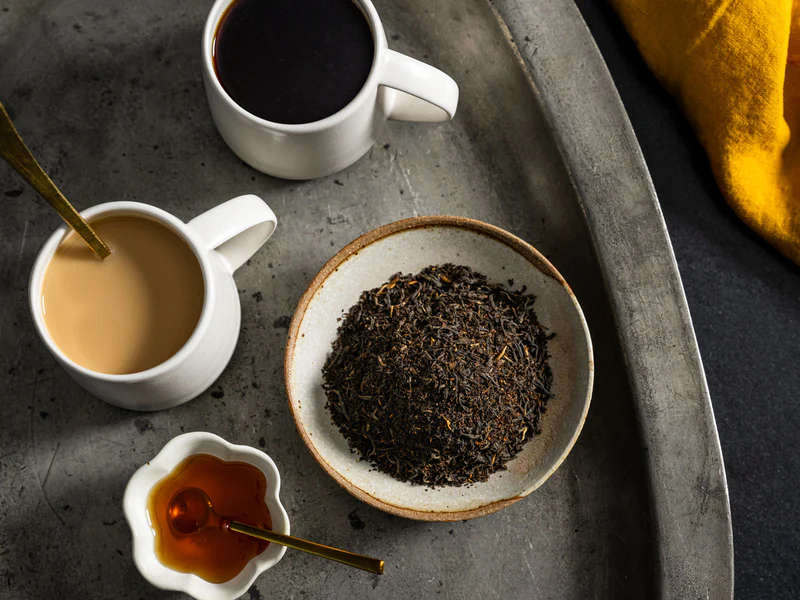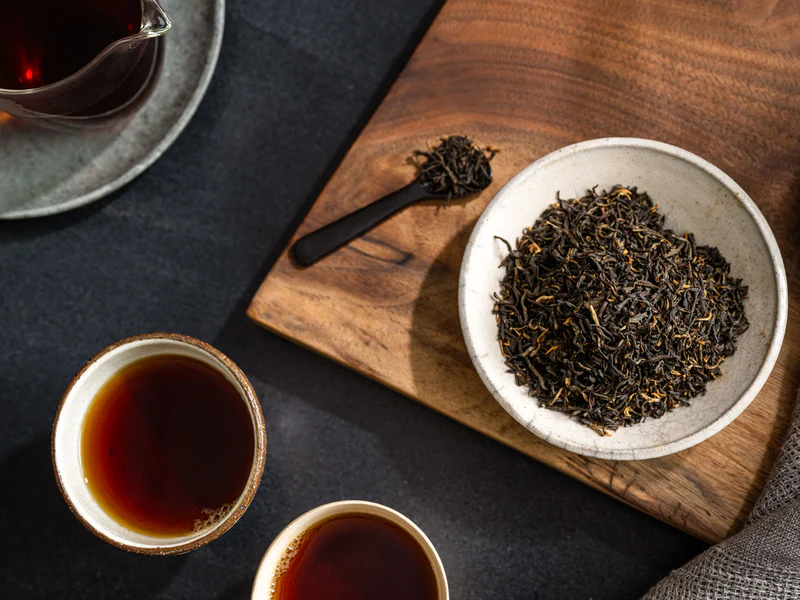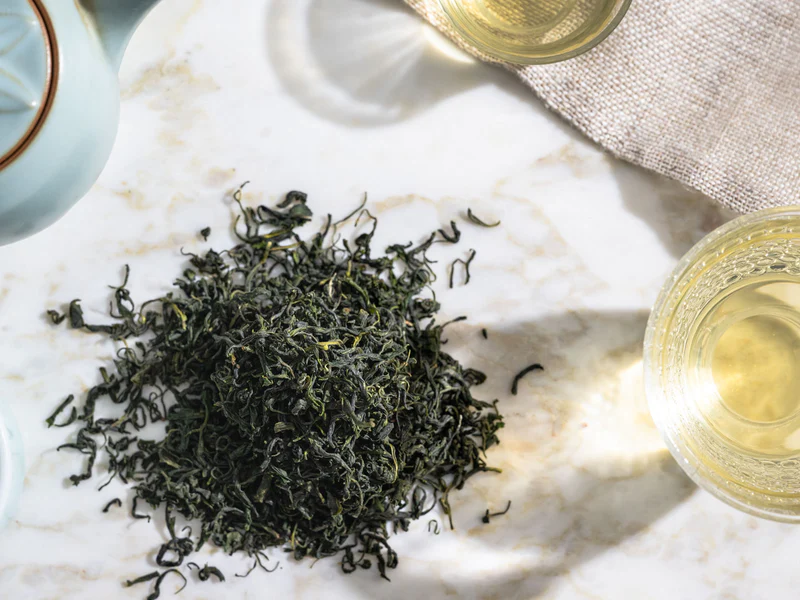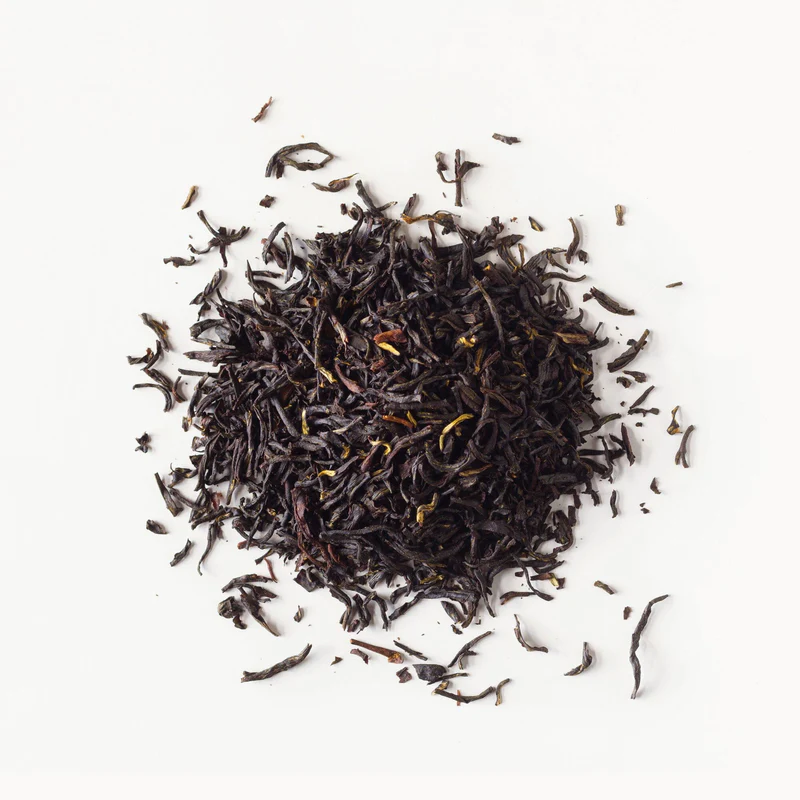Ancient Tea from the Yunnan Province
Pu’er tea is one of the oldest types of tea, with a history dating back more than 2,000 years. This ancient tea originates in Yunnan Province on China’s southwestern frontier, where a temperate climate and lush landscape, teeming with biodiversity, provides ideal growing conditions for tea. Until modern vegetative propagation (clonal cutting) methods were developed, all of Yunnan’s heirloom tea trees were grown from seed. Over the course of millennia, they evolved to create a rich genetic diversity. To this day, groves of ancient tea trees are still found on mountain sides around remote ethnic minority villages that transverse the subtropical regions of Yunnan. Some of the oldest living tea trees are found in this area and reach thousands of years in age.
The Two Distinct Styles
There are two distinct types of Pu’er: sheng (raw, green) and shu (ripened, dark). Many people have only experience tasting shu Pu’er. Shu Pu’er was developed in the 20th century as an attempt to emulate the aging of Sheng Pu’er. However, we ended up with a uniquely delicious tea of its own right. Both sheng and shu Pu’er are made from a sundried green tea called saiqing maocha. Saiqing maocha (translates as sun-dried crude tea) is a rustic style of sun-dried green tea. It is the base for both sheng and shu types of Pu’er tea.


The Base of Pu’er Tea
Saiqing is made by harvesting fresh leaf, followed by withering, firing in a ho wok or tumble drum roaster, rolling by hand or machine, then the tea is set outside under the sun to dry. This step is crucial, as most Chinese green teas are dried in an oven rather than the sun. The sun’s energy re-activates enzymatic activity in the leaf so that this type of green tea can slowly oxidize with age. Saiqing has a rustic flavor and abundant energy.
Sheng Pu’er Tea
Sheng Pu’er is made by taking single batches or blends of saiqing maocha (could be different vintages or different regions blended or a single-origin), weighing the tea leaf and putting the tea leaf into a cloth, steaming the leaf bundle, then compressing the tea leaves to form a cake, brick, mushroom, pumpkin, or a multitude of other forms. The compressed tea is then dried in a sauna-like room. The steaming and re-drying process serves to re-activate the enzymatic activity within the leaf. This is possible because the tea was dried in the sun during the shaiqing process. The sun-drying is what kept the enzymes intact for re-activation. The result is that sheng pu’er tea can age by means of post-oxidation. Meaning, the enzymatic activity in the compressed form allows the tea to slowly oxidize.
Shu Pu’er Tea
Shu Pu’er teas undergo a controlled pile fermentation process in which tea polyphenols are transformed from pale yellow-green to reddish brown over the course of about 85-120 days. After creating the blend from shaiqing maocha, the blend is steamed (which creates an environment for bacteriological fermentation), put in a pile where some old shu is added, and the pile is turned every day for the 85-120 process. Fermentation is what occurs to make the dark leaf color. The pile is pressed and dried to slow down fermentation and is stored. All of Rishi’s shu Pu’er is aged for a minimum of 2 years before selling or adding to blends. This reduces the chance of unwanted flavor defects.
Origins of Pu’er Tea
Like Champagne or other regionally specific foods and beverages, Pu’er tea is a geographically indicated product that can only be created and fermented in Yunnan province with sun-dried green tea grown from broad leaf tea tree varieties planted in Yunnan, Laos, Myanmar, Thailand and Vietnam.
Notable Pu’er Tea
The beauty of these dark teas is their ability to age, mature, and have flavor develop differently. You can enjoy sheng at any vintage. Saiqing is great at many vintage levels as well! Drink your tea, take some notes, set it aside for a couple years, and drink it again! Rishi has quite a few vintages to explore in both the sheng and shu collection, both in cakes and loose leaf
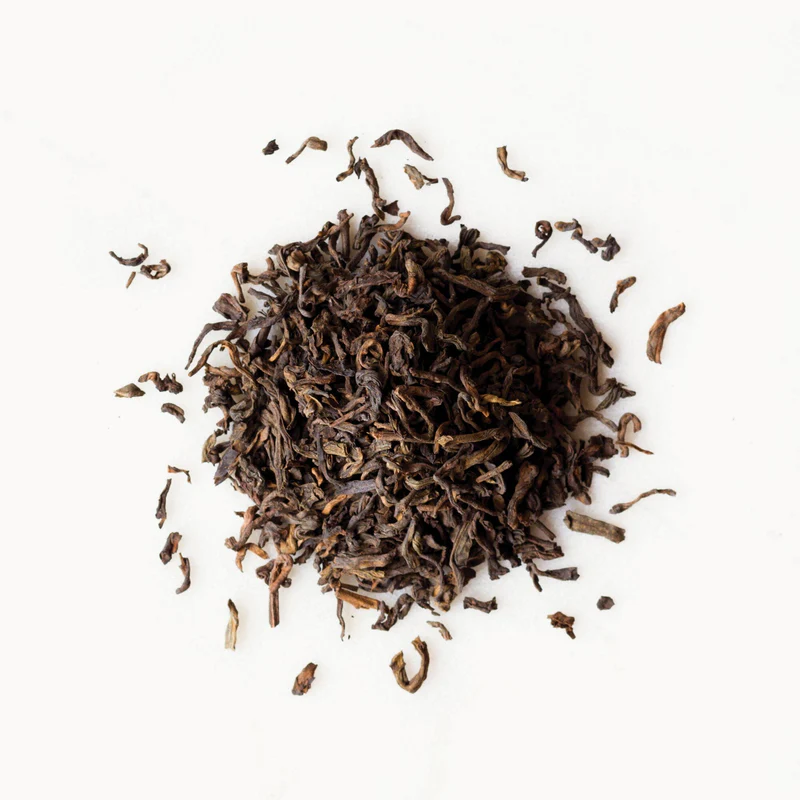
Pu'er Classic
Pu’er Classic comprises multiple vintages resulting in a uniquely bold flavor profile with a body as deep as its history. This Shu Pu’er is notable for its notes of earthy sweetness, hints of cocoa, and a woodsy, aromatic finish. The very best in an everyday organic Pu’er.
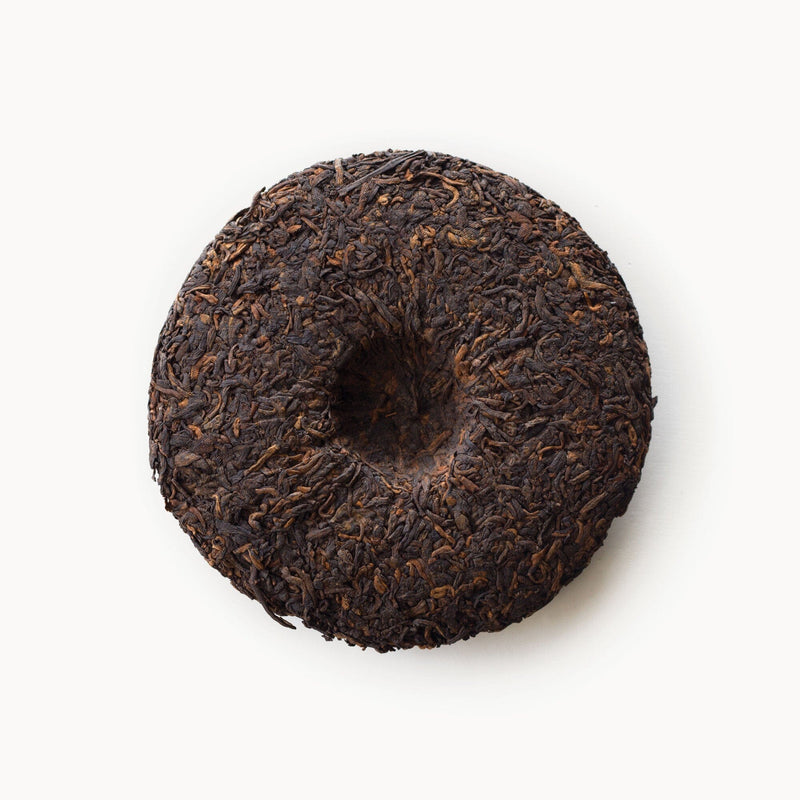
Shu Pu'er Tea Cake
This vintage tea consists of aged shu Pu'er that is compressed into a cake and packed in traditional bamboo leaf bundles called a tong. This reserve Pu'er tea is released only when it is ready. A deep garnet infusion with a dense, opaque liquor bears a mellow sweetness that drinks remarkably smooth with a rich earth body.
